How Often Should You Rotate Your Tires?
Tires — they’re pretty dull and rarely thought of until you experience tire failure, such as a blowout or flat.
Nonetheless, conventional wisdom holds that your car’s tires should be rotated every 5,000 to 8,000 miles driven and in the pattern recommended by your car’s manufacturer. Indeed, routine tire rotations are critical to the safe performance of your vehicle and the long service life of those wheels that get you from point A to point B.
As your expert tire technician at Caliber Auto Care can attest, tires are among the most crucial components on your car, truck, SUV, van, or other vehicles, and for several good reasons. After all, they’re the only barrier between the asphalt underneath your car and you. Regular tire rotation based on the recommended tire rotation pattern goes a long way toward helping you get where you’re going safely and more efficiently.
Understanding Tire Tread Wear
One of the most significant factors affecting tire tread wear is contact with the ground. But that’s not all that causes tire tread wear. The tire brand and type can considerably influence how and at what rate the tread wears. Other factors include:
- The distribution of weight in your car
- Tire rotation patterns play a role
- Braking and driving habits
Your vehicle drivetrain is another determining factor in tire tread wear. So expect different wear from front-wheel drive (FWD), all-wheel drive (AWD), and rear-wheel drive (RWD) vehicles. And finally, road conditions influence tire wear and tire rotation considerations.
Recommended Tire Rotation Schedule
According to Consumer Reports, tire rotation frequency is generally every 5,000 to 8,000 miles. However, this can vary widely based on manufacturers’ recommendations – of which adherence is essential. Spreading the wear on your tires around the entire perimeter is vital to ensuring that the tread grip and depth are uniform.
Your vehicle’s manufacturer also has a recommended tire rotation pattern— typically found in your car’s owner’s manual. Tire rotation patterns vary based on your car’s model and make. Some tire rotation patterns are basic side-to-side or front-to-rear patterns. Some vehicles require an “X” tire rotation pattern that involves switching the front right tire with the left back tire and the front left with the right back tire.
Warning Signs Indicating the Need for Tire Rotation
Although your Caliber Auto Care team can rotate your tires as part of a regular maintenance schedule, you may need to deviate from that schedule and have your tires rotated earlier than usual. Some warning signs indicating that you may need tire rotation sooner rather than later include the following:
- Worn tires. Rotate worn tires to redistribute the wear and tear on the tires, adding to their longevity. Rotating tires is the best idea if you’re putting off replacement as long as possible.
- Vehicle pulling to the side. Uneven tire wear can lead to your vehicle pulling to one side while driving. You’ll feel this pull in the steering, which might also signal that it’s time for wheel alignment. Your Caliber Auto Care tech can help determine which — or if both — is the best option.
- Loss of tire pressure. If you have a tire that’s constantly losing air despite the other three maintaining their pressure, then excessive wear or damage to the tread could be to blame. This often happens on the driver or passenger side tires due to the anchoring of weight in that location. Your TPMS warning light may alert you to this, although that’s not always the case.
- Fuel efficiency decline. Your tires may require rotation if you find yourself getting fewer and fewer miles per gallon. This phenomenon occurs because your car has to work harder to do what it does when its tires aren’t doing their job correctly.
Keep in mind that tire rotation can only help so much. It goes without saying that if your tires are visibly “bald,” tire rotation will probably not solve the issues you’re having.
Tires are considered bald when they have no discernibly visible tread pattern — and tires like these are unsafe to drive on, putting you and your passengers (and others on the road) in danger if the tire fails. Replacement (and rotation on a regular schedule) is generally your best bet if you find yourself in a bald tire situation.
The Bottom Line
In summary, regular tire rotation is a crucial aspect of vehicle maintenance that ensures your tires' safety, efficiency, and longevity. Adhering to your vehicle manufacturer’s recommended rotation schedule and pattern and being vigilant about warning signs can significantly enhance your vehicle's performance and prevent premature tire wear.
Remember, tire maintenance is not just about extending the life of your tires but also about ensuring a safe and efficient driving experience. For expert tire services and guidance on the best rotation patterns for your vehicle, visit Caliber Auto Care. Our professionals are equipped to provide you with top-quality tire care and advice. Schedule your tire rotation with Caliber Auto Care today and take a step towards better vehicle health and safety.
References:
https://www.consumerreports.org/tires/how-often-should-you-rotate-your-tires-a6498961903/
https://www.uti.edu/blog/industry-relationships/technician-tire-guide

